Today’s column isn’t an ordinary one. I will draw your attention to the mistakes that can happen if Dark Confidant is used carelessly and the consequences these mistakes may have for you at serious tournaments.In fact, the card isn’t an ordinary one either. It was created by a player, not R&D team, and has its own slang nickname.
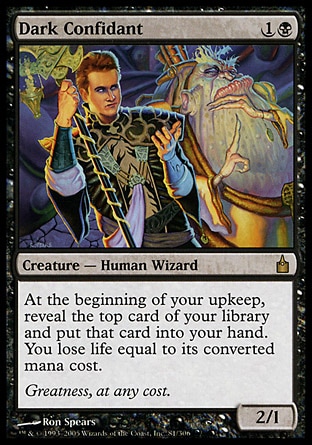
Oracle Text:
Creature — Human Wizard
At the beginning of your upkeep, reveal the top card of your library and put that card into your hand. You lose life equal to its mana value.
So, the Confidant’s only ability triggers at the beginning of your upkeep step, then goes on the stack, then resolves giving you an additional card. Not for free though.
- First of all, you must reveal the card to your opponents.
- Secondly, you lose life equal to the mana value of that card. The followers of my column may have noticed that we deal with mana value with an enviable constancy. To be honest, we have never actually finished dealing with mana value, but today we’ll cover many questions concerning it. For now, I’d like to draw your attention to the fact that “losing life” doesn’t mean “taking damage”. This is important for Angelheart Vial for example.
- Thirdly, the revealed card is put into your hand! (why would we play Confidant if not for that?) And again, “putting card into the hand” isn’t the same as “drawing it”. This is also important, e.g. for Temporal Mastery.
As we are analyzing a triggered ability, I’ll remind a few quite obvious things:
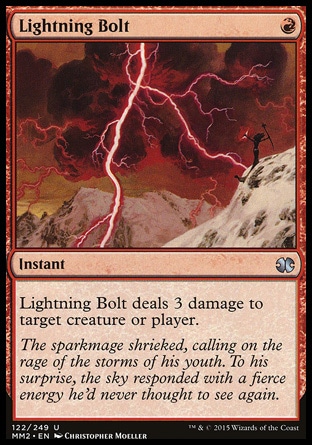
Killing Dark Confidant in response to its trigger is pointless as the trigger on the stack exists independently from its source.
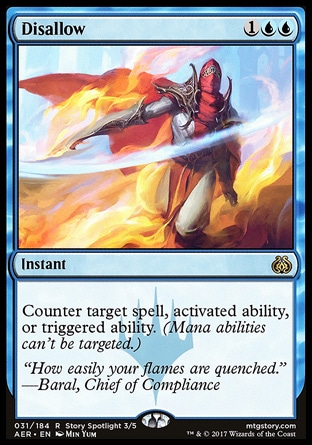
Dark Confidant’s ability can be countered, by Stifle for instance.
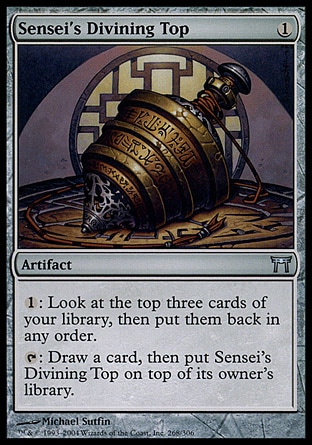
From the moment the Confidant’s ability triggers till the moment it resolves, lots of interesting things may happen to the card you’ll need to reveal.
And now back to mana value. With Fireball we learned about {X} in the mana cost; with Phyrexian Metamorph we learned to read the phyrexian mana symbols correctly, Shining Shoal taught us that alternative cost changes neither mana cost nor mana value. If you haven’t read those articles, now is a good time to stop and do that. If you have read them, it’s also a good time to refresh that knowledge. I will proceed with some examples.
Here and further I’ll be talking about the cards revealed on resolution of Dark Confidant, meaning it is a card, not spell or permanent.
Now, the new stuff: cards that do not have mana cost have mana value = 0.
202.3a The mana value of an object with no mana cost is 0, unless that object is the back face of a double-faced permanent or is a melded permanent.
Note that “has no mana cost” and “has {0} mana cost” are quite different subjects.
Valakut, like all other lands, has no mana cost. Its mana value = 0.
Ancestral Vision also has no mana cost. Its mana value = 0.
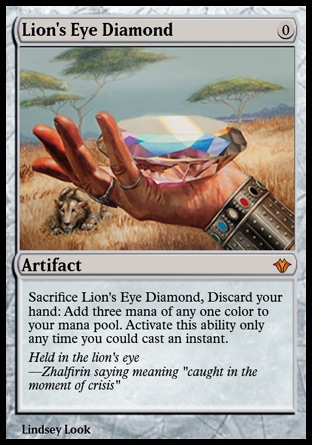
Lion’s Eye Diamond does have a {0} mana cost. Its mana value = 0.
Further it gets curiouser and curiouser:
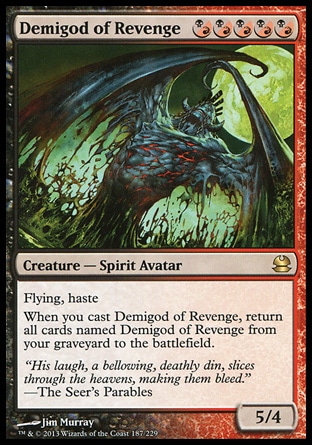
Demigod of Revenge has mana value = 5.
Phyrexian Metamorph has mana value = 4.

Spectral Procession has mana value = 6. It is even written in the reminder text of the card! (but we know not everyone is capable of reading…)
Now to the most peculiar cards in Magic:
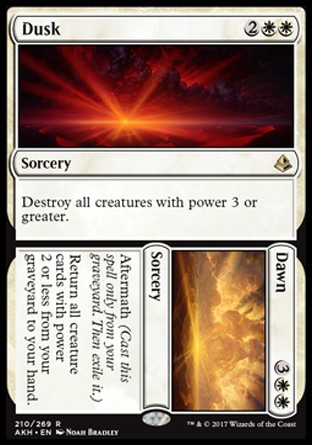
mana value of a split card out of stack is of a split card is the combined mana value of its two halves. If Dusk // Dawn isn't on the stack, it has a mana value of 4+5=9.
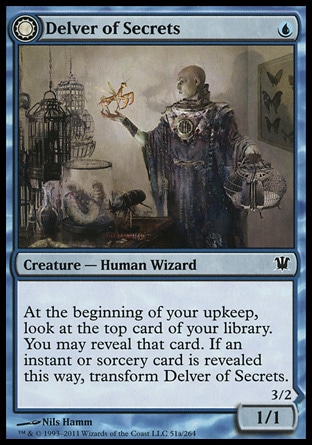
Double-faced cards in any zone other than the battlefield are regarded as if they only had the “day” face.
Mistakes that cost a lot
Dark Confidant is not only notable for its game value or the famous face in the art, but also for the number of pikes broken in battles between judges around the infractions related to this card and how to rule them. Heated arguments resulted in multiple changes of rules and policies.
It is common for players to “stick together” upkeep and draw steps and make no pauses between the actions: untap, draw, start casting something… It's even worse with a Confidant on the battlefield. What can a bustler do? (In all cases we consider an unintentional breach of the rules).
- Put two cards in hand and reveal none.
- Put in hand more cards than required.
- Put only one card in hand.
- Put no cards in hand at all.
- Look at an extra card.
- Do something utterly stupid…
The first case is very common, the player just forgets to reveal the card. The second case may happen through sticky sleeves, or just trivial lack of attention. For instance, the player draws a card for a Confidant that died last turn, then draws “for the turn”.
If the identity of the card wasn’t known to all players before being placed into the hand, in the first and second cases we have GPE — Hidden Card Error that is penalized with Warning at Competitive REL tournaments or higher. The player reveals his or her hand and the opponent selects a card. A player loses life equal to the selected card’s mana value. It's probably going to be the largest mana value among all cards in your hand, but such is the price of an error.
The third case is a typical GPE — Missed Trigger. A player has simply forgotten about the Confidant’s ability.
What happens to the missed triggered ability highly depends on the moment when the mistake was noticed, and the wish of the player's opponent. If this happens within less than one full turn and the the opponent wishes for the triggered ability to resolve, then the trigger will be put in the appropriate place on the stack. If the opponent doesn’t wish for the trigger to resolve, nothing happens.
Since this trigger is beneficial, no punishment is issued.
If the trigger was missed more than a turn ago, it will be simply ignored. No penalties are applied and the game state is left as is.
In the fourth scenario we have 2 mistakes: GPE — Missed Trigger and GPE — Game Rules Violation for not drawing a card during draw step. We have already discussed the first one. The second mistake will be fixed when it is discovered: the judge will have the wrongful player draw a card after issuing him or her a Warning. Note that three Warnings withing the same category in a single Tournament are upgraded to Game Loss — make yourself a favor and be careful.
In case you accidentally Looked at Extra Cards (5) (e.g. the next card fell over face up after you drew from the library), you’ll also receive a Warning and the revealed card will be shuffled in the randomized part of the library. If the card was in the non-random part of the library (due to the effect of Ponder or Sensei’s Divining Top) the judge wouldn’t shuffle it in the library, it will remain where it was. It may sound surprising, but these are the general guidelines of processing the Looking at Extra Cards infraction.
The case with a player drawing two cards and revealing the wrong one is very rare. I have never encountered this kind of scenario in my judging history. If this happens, you’ll need to investigate how this happened and why the player did that and… there are options. If the player confused the cards, then its GPE — Game Rules Violation and should be penalized with a Warning. If the player made a mistake and tries to cover it with his or her actions, this is treated as Unsporting Conduct — Cheating and is penalized with Disqualification. Don’t ever do that please!
What can you do to prevent these mistakes from happening?
First of all, learn not to pull the card you draw immediately to your hand. Nobody is going to take it away from you! Put cards face down on the table and count them carefully.
Secondly, it’s considered a good form to warn your opponent when you are going to draw your card “for the turn” in case he or she wants to do something during upkeep.
Thirdly, you are not prohibited to put markers on top of your library to have them remind you about the upkeep triggers.
The most extreme way to evade making these mistakes is to not play Dark Confidant at all. I hope you don’t need to come to that.
As a bonus I’ll let myself discourse a little on why the Confidant is so good and how to lose less life while dealing with him.
Why is Dark Confidant so much better than Phyrexian Arena or Dark Tutelage?
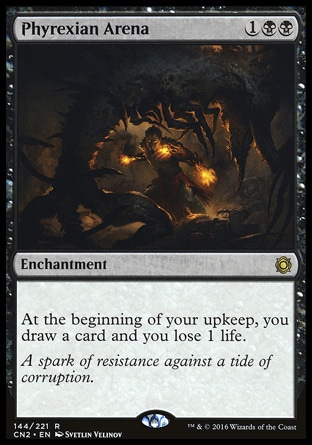
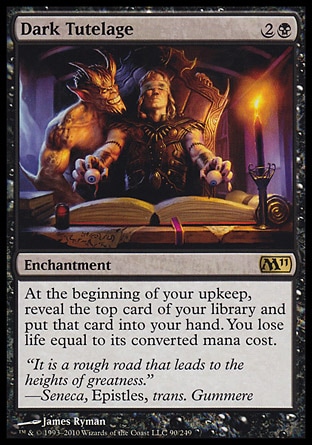
Pain Seer is a creature. And its toughness is bigger, bou not too much.
The main advantage of Dark Confidant over Pain Seer is the ability that triggers at a certain time without any conditions. You don't need to do anything in order to Dark Confidant’s ability triggers. In opposite Pain Seer have to be tapped and than unttaped.
When we talk about Dark Confidant we remember his best friend: the Top. Sensei’s Divining Top.

In response to the Confidant’s ability you can look at and reorder the top three cards of your library with the Top’s first ability. This way you can control the card you’ll have to reveal and the amount of life you’ll lose.
If the top three cards of the library all have high mana value, you can exchange the topmost card with the Top through its second ability, and then reveal the Top and lose 1 life.
- ⇑ So, if you reveal Delver of Secrets (or a checklist card representing it) on resolution of the Confidant’s ability, you’ll lose 1 life.
While a double-faced card is on the battlefield with either face up, the game will see the mana value of its “day” face. However, a copy of the “night” face of a double-faced card has no information about any front face, and as a result, its mana value is zero.
Translated by Lev Kotlyar

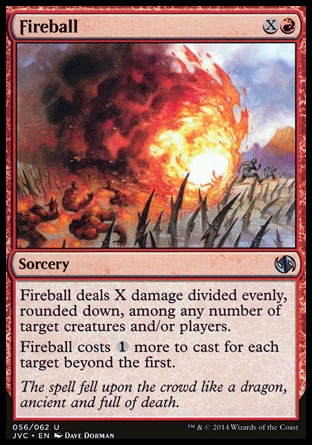
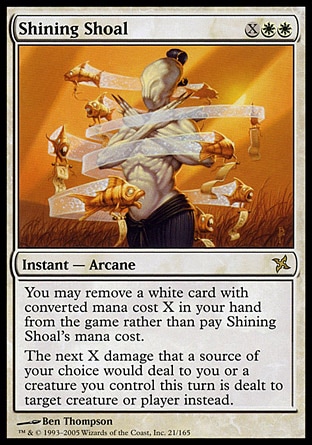
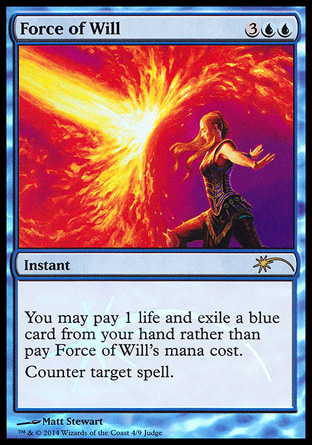
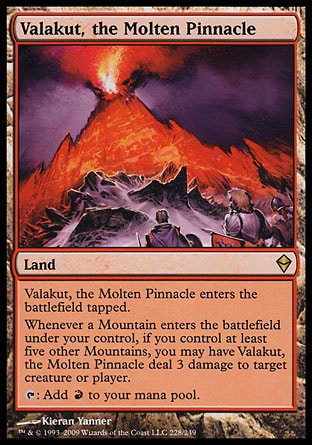
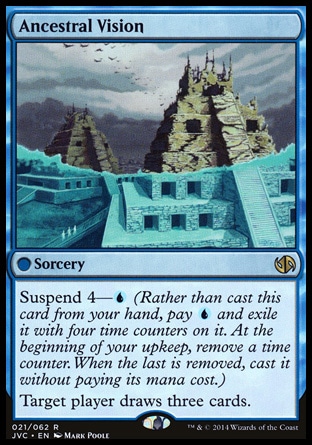
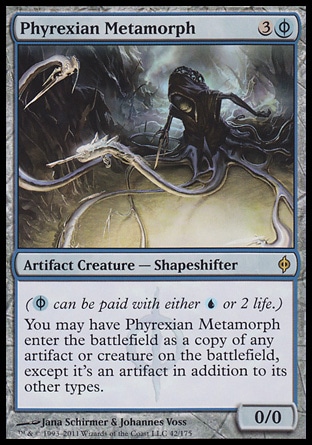
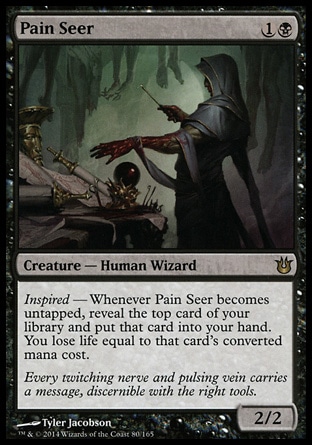
A creature may block and defend us or a planeswalker under our control.
And most importantly, it is easier to get rid of a creature when the loss of life becomes a problem.